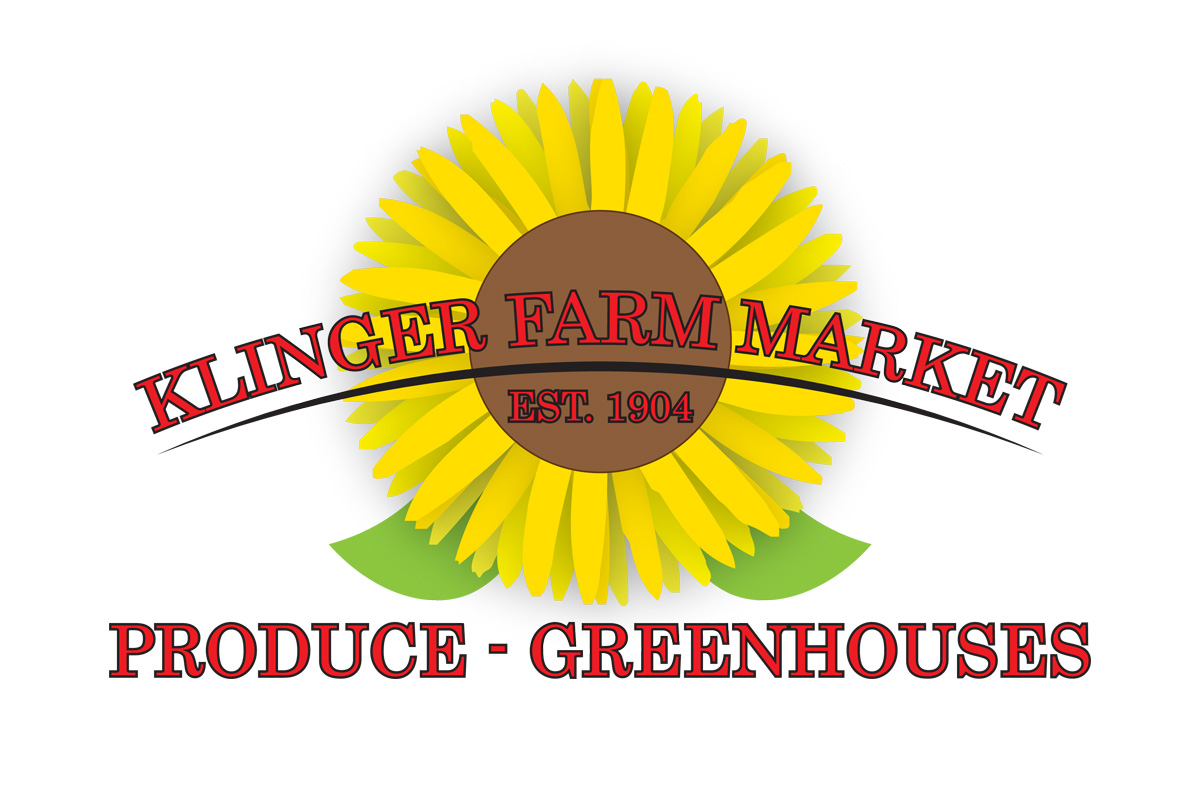How to Make Your Yard More Inviting for Butterflies & Other Flying Friends
Matt Friell, photos by Matt Friell

Maybe when you were a kid, you dreamed of having a garden absolutely covered in butterflies. Then, after a few years, you abandoned that dream and the one about being the first person to dunk a basketball in space.
But wait, you don’t have to give up on your butterfly dream! There are lots of ways to make your yard more inviting to butterflies and make some awesome butterfly friends. How does one make butterfly friends? Well, probably the most important consideration is what you have in your yard for caterpillars to eat and then for butterflies to eat after they complete their magical transformation from crawling chowhound to beautiful butterfly.
“Personally, I try to stick mostly with plants that are native to the Chippewa Valley, as those will likely be the most useful to the butterflies and bugs in my yard.”
Let’s start with caterpillar food. Most people are likely already aware of the monarch butterfly and its relationship to milkweed. Lots of other butterflies, as well as skippers and moths, have certain plants that they need as food sources for their young. An Internet search for “caterpillar host plants” will help you find resources to plant a caterpillar buffet. The best places to find some of these plants will usually be at a greenhouse that carries some native plants or specializes in native plants. Besides flowering plants and grasses as host plants, trees, including but not limited to oak, cherry, willow, and birch, are also very good host plants for caterpillars.
Butterfly food is a bit more straightforward, as you’ll just need to have flowers available to provide nectar. Again, the Internet will be your friend in finding ideas about what specifically to plant in your yard. Personally, I try to stick mostly with plants that are native to the Chippewa Valley, as those will likely be the most useful to the butterflies and bugs in my yard. Just to throw a few examples of good butterfly plants: milkweeds, asters, goldenrod, blazingstar, Joe Pye weed, cup plant, or sedum.
Having your garden in full sun will also increase the likelihood of butterflies dropping by. Butterflies need to raise their body temperatures before flying, which they do by basking. This involves them putting their wings out like solar panels to absorb some energy from the sun. A garden in full sun may get more frequent butterfly visits than a shadier garden. Grouping several of the same plants together, rather than just having one sad plant all by itself, will help to make it more obvious to butterflies where the food is.

Try to spread out the availability of blooms throughout the season. If everything in your garden blooms at roughly the same time, your butterfly pals may ditch you once the food’s gone. Also, something that’s very helpful is to include plants that bloom later in the summer and into fall. This will allow any migrating butterflies to fatten up a bit first before the long journey ahead of them – kind of like the idea of carb loading the night before a marathon.
Avoid pesticide. If you’re trying to be welcoming to butterflies and nature, avoiding pesticide is your best bet. Some nurseries may treat their plants with pesticide, such as neonicotinoids, and you would likely see this information on the plant label. It’s a good idea to check the label if you’re concerned.
Let’s not forget about moths. Besides everything mentioned previously, one very helpful thing you can do for moths is keep outdoor lighting to a minimum. As we’ve all seen, moths are often attracted to outdoor lights and fly around them for hours when they should be out mingling with other moths. Not a good thing if we want future generations of baby moths.
Generally speaking, a lot of these same tips will help to make your yard friendlier for other flying friends, such as birds and bees. Now get out there, be a social butterfly, and make some butterfly friends!


